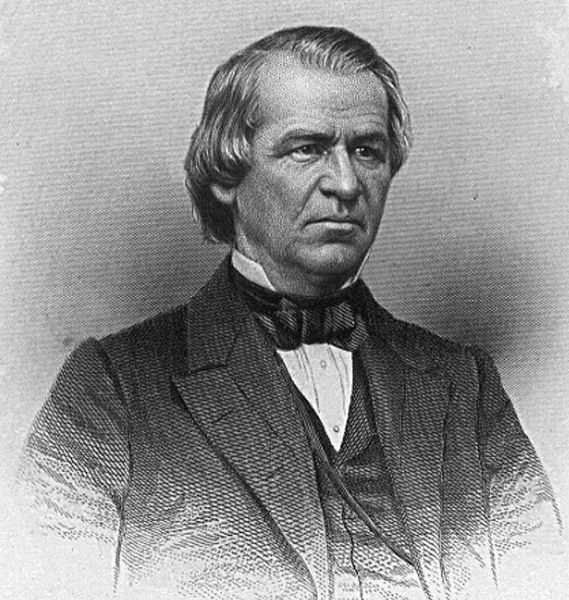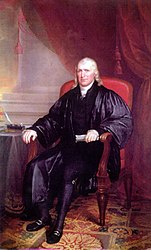Here's the video from the Team name unveiling on Wednesday. We will be creating a team logo and motto in the next few weeks. Stay tuned.....
Friday, December 14, 2007
Field Music - In Context
This is an amazing video by the British band Field Music, that reminds me that if we take too narrow a view on life and fail to take a step back to see the big picture, then things won't make sense and seem disconnected.
For Project Citizen we need to constantly remind ourselves what our mission statement and goals are so that the individual assignments building up to the final group presentation stays on target with the "big picture" of the Project. At the end of the project all of our hard work sifting through research and interviewing people will pay off when we present our policy proposal.
Wednesday, December 5, 2007
Project Citizen challenges
Thursday, November 22, 2007
Picture Puzzle #2 Answered
Article II, Section IV of the Constitution spells out how someone can be impeached:
"The President, Vice President, and all civil officers of the United States, shall be removed from office on impreachment for, and conviction of, treason, bribery, or other high crimes and misdemeanors."
Read more about some actual impeachments:
Impeachment of Bill Clinton- (President) Acquitted, stayed in Office
Impeachment of Alcee Hastings- (Federal Judge) Convicted, removed from Office
Impeachment of Andrew Johnson- (President) Acquitted, stayed in Office
Impeachment of William Blount- (Senator) Dismissed, expelled from Senate
Sunday, November 11, 2007
Picture Puzzle #1 Answered
We know that the Constitutional Convention took place in Philadelphia during the summer of 1787. It was during this critical time that debates concerning state versus national authority took place. It was agreed that a stronger national government was needed to solve the many problems the young United States was facing. The problem was that most of the founders feared that the strengthening of the national government may lead to an American monarchy or a similar form of government that would betray the spirit of 1776.
How could the Founders stregnthen the national government without placing too much power in the hands of one person? The answer was provided by creating a federal system where the national and state powers are clearly defined, thereby saving important authority to the state and local governements. In addition, the national government was divided into three branches headed by three different groups of people. To further spread out the power of the national government there were a series of checks and balances that were written into the Constitution that made it necessary for each branch to work together and oversee the others. This system may not work perfectly, but it certainly was an improvement over what the Articles of Confederation provided.
When the Constitution was finally ratified in June 1788 preparations were made to hold the first Presidential election. Of course, George Washington was elected. When Washington left Mount Vernon on April 16, 1789 to go to New York City to be inaugurated President of the United States he did not know what was in store for him or the nation. The Constitution actually spelled out very little specifics about the responsibilities of the office. Everything Washington did as President would become a precedent that future Presidents would look to for guidance. One thing that the Constitution did spell out was the Oath of Office. When Washington took the Oath in Federal Hall he spoke the same words that have been spoken by every President since 1789: "I do solemnly swear that I will faithfully execute the Office of President of the United States, and will to the best of my ability, preserve, protect and defend the Constitution of the United States" And then after a brief pause Washngton added something the Constitution did not include, but has become part of the oath ever since--"So help me God".









